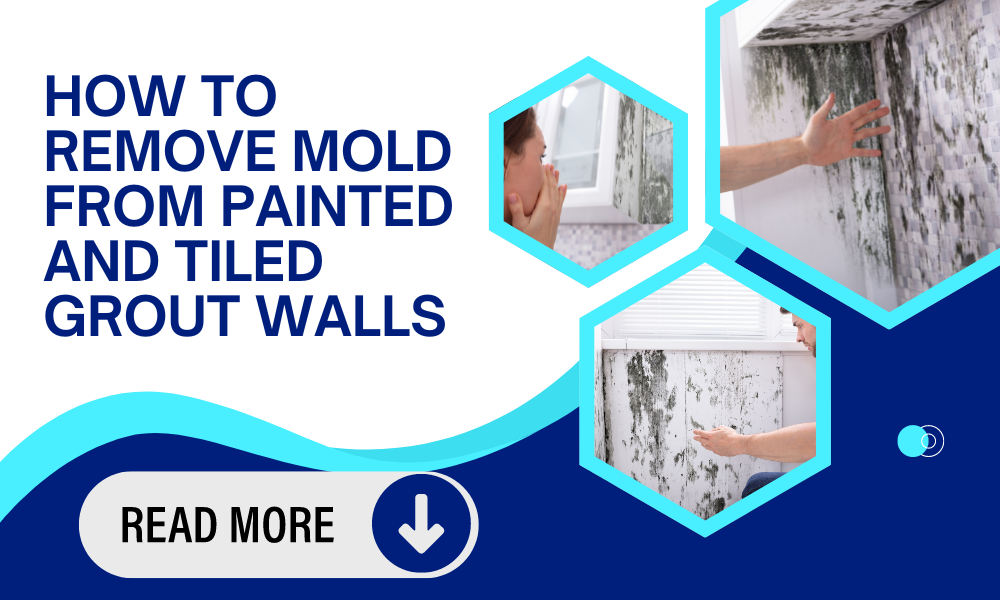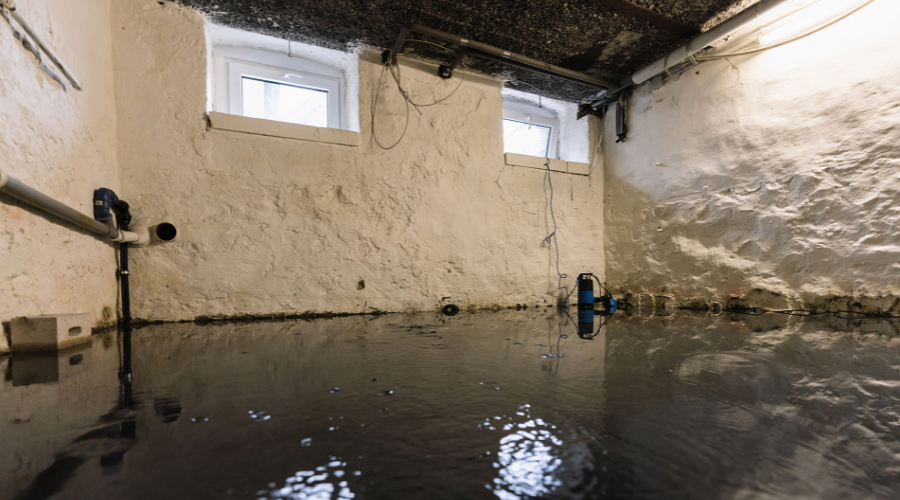How to Find a Water Leak Inside a Wall
You might have a hidden leak within the walls of your home or business without realizing it. While some leaks are immediately apparent, evidenced by visible damage on the wall, others can be more insidious, slowly causing harm before any signs are noticeable. Understanding how to detect water leaks behind your walls, addressing them, and repairing any resulting damage is crucial. Here are several effective strategies to manage this issue by professional water damage repair technicians:
Do a Visual Inspection
Inspect the walls and ceilings carefully for any signs of water damage or potential leaks. This method will help you detect a water leak:
- Discoloration: Look for any stains that are unusual or difficult to remove or any markings on the ceiling, as these can be signs of a leak.
- Peeling paint: If you have water leakage, your paint may start to peel, bubble, or warp.
- Presence of mold and mildew: The appearance of mold or mildew, which may show up as black, green, or white patches, is a sign that there has been prolonged exposure to moisture.
- Warped or buckled ceilings or walls: If your ceilings are warped or buckled, this can be a sign of water damage.
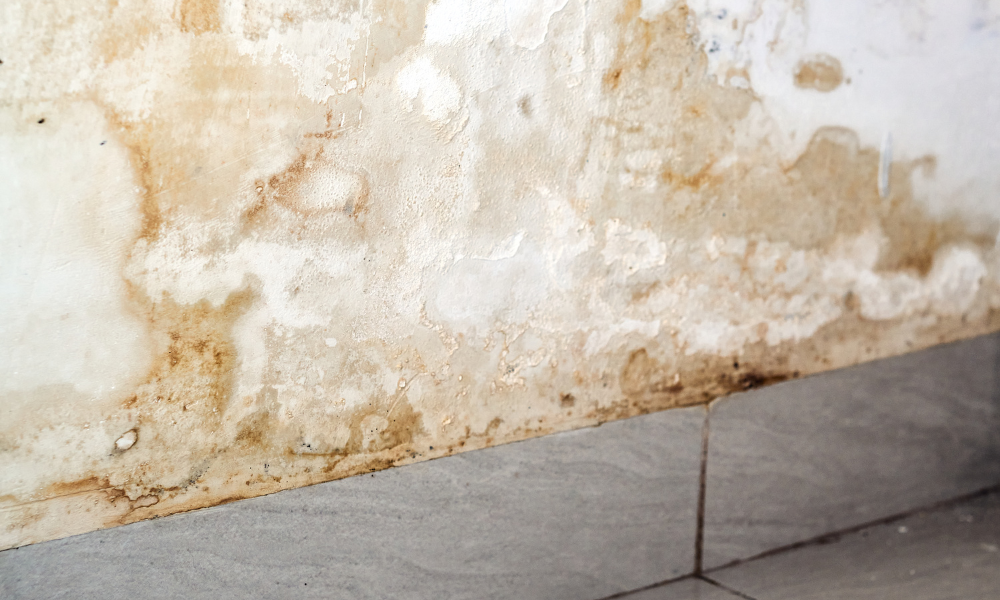
Check Areas that are Adjacent
Always check the adjacent areas when you find signs of water damage so you can determine where the water came from to find the source of the leak. This includes checking the rooms, floors, and ceilings to figure out if the leak is localized or part of a bigger issue such as a plumbing issue for example.
Here is how to check adjacent areas:
- Check the room that is adjacent: Make sure to check the walls, floors, and ceilings of the rooms that are next to or below the area that has been affected.
- Check the plumbing fixtures: Always check all faucets, showerheads, and pipes for leakage or condensation.
- Simply use a stethoscope to check for sound: This way you can easily hear dripping or running water inside your walls.
- Check under the sinks and cabinets: Always make sure to check the area under the sinks and inside the cabinets for water damage.
- Check the floors: Check if your floors have warping, discoloration, and wetness.
- Check the walls outside: At times, leaks can come from the outside, so check the outside walls to see if there are any cracks, damage, or signs of rain coming in.
Simply Touch the Area
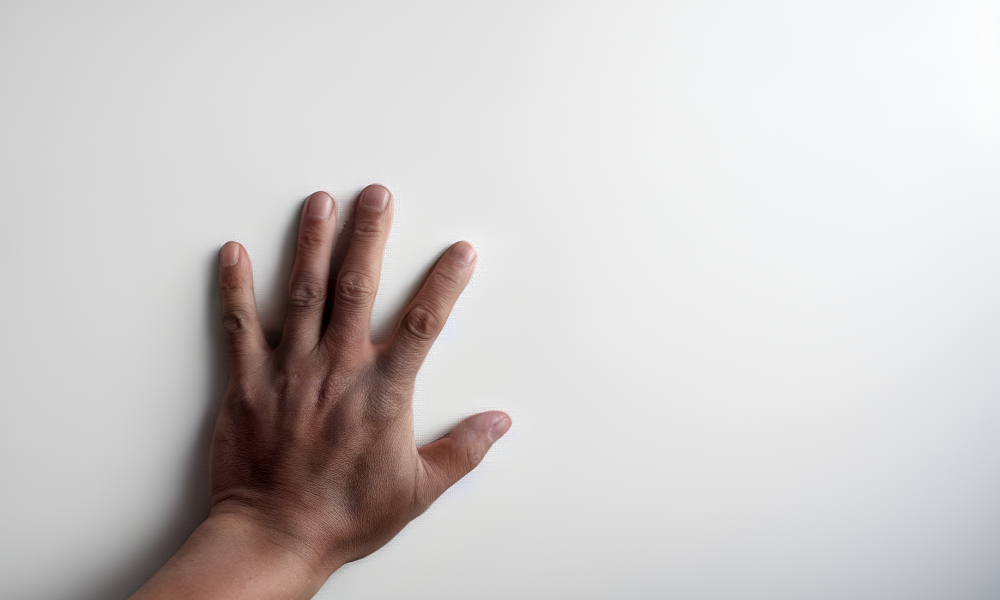
The easiest way to check for a water leak inside the wall is by touching it. You will easily be able to detect an issue with wall temperature and moisture level.
Water conducts heat differently than building materials so a leak will make the wall cooler to the touch. This is a crucial step to determining if you have issues within a specific area so you can find where the water is accumulating.
These are the areas you should focus on:
- Walls that are discolored: Check the surface of the walls to see if it has stained, as this may be moisture accumulating.
- Water stains on ceilings: Press the ceiling gently and see if there are any visible stains that may come from wetness.
- Check near plumbing fixtures: Make sure to check all the walls near pipes, faucets, and showerheads for leaks and irregularities.
- Walls in the basement: In your basement, wetness can be coming from flooring and other issues, so make sure to feel the walls so you can differentiate between standard humidity and any leaks from moisture.
- Outside walls after rain: After it has rained, make sure to check the walls from the inside to see if there are any areas that are cool and damp which may show potential water damage issue.
Carefully Listen
If you suspect a water leak within your wall, it’s crucial to listen attentively to locate it. Water emits a distinctive sound as it drips from one surface to another. To accurately detect this sound, you need a quiet environment and focused attention, as the noise, although possibly faint, signifies the presence of water inside your walls.

Upon detecting a sound of water within the wall, determine whether it’s a steady drip or a continuous flow. Listening to the movement of water through the walls can provide vital clues in identifying the leak’s source.
If you decide to listen for the water leak, these are the sounds you should be listening for:
- Sound of dripping: If there is an intermittent or rhythmic sound, that means that you have a slow, steady leak usually coming from a pipe.
- Hissing: Usually this means that you have a pressurized water line leak, meaning that the water is escaping from a very small opening that is under pressure.
- Sound of water running: A sound of water flowing that is continuous may mean that you have a bigger leak or a break in your pipe.
- Gurgling sounds: This happens when water drains or you have air in your plumbing system, which could mean that you have a blockage or break in the pipes.
- Sounds of splashing or trickling: This means that you have water accumulating or moving in an enclosed space such as within the wall or under a floor.
- Whistling or whining sounds: This could mean that there are changes in the water pressure, which means you have a pipe or valve issue.
Utilize a Moisture Meter
This handheld device, available at home improvement stores, measures the moisture content in various materials, including drywall, wood, and concrete. Its utility lies in its ability to detect moisture behind surfaces without the need for invasive procedures, like cutting into the wall. Simply pressing the meter against a surface provides a moisture reading. Depending on your needs, moisture meters come in several types: pin-type, pinless, or an all-in-one meter, each suited to different wall types and measurement depths. Understanding the functions of each meter type will help you select the most appropriate one for your specific situation.
- Pin-type meter: These meters have a tiny probe that you put into the material so you can measure its moisture. They are great for precise measuring for specific areas.
- Pinless meters: These are noninvasive, and they have electromagnetic sensors so they can measure moisture. They are perfect for scanning larger areas and they do not cause any damage.
- All-in-one meters: This meter has both pin and pinless features as it offers the ability to switch between pin and pinless functions.
Call a Professional for Water Damage from a Leak
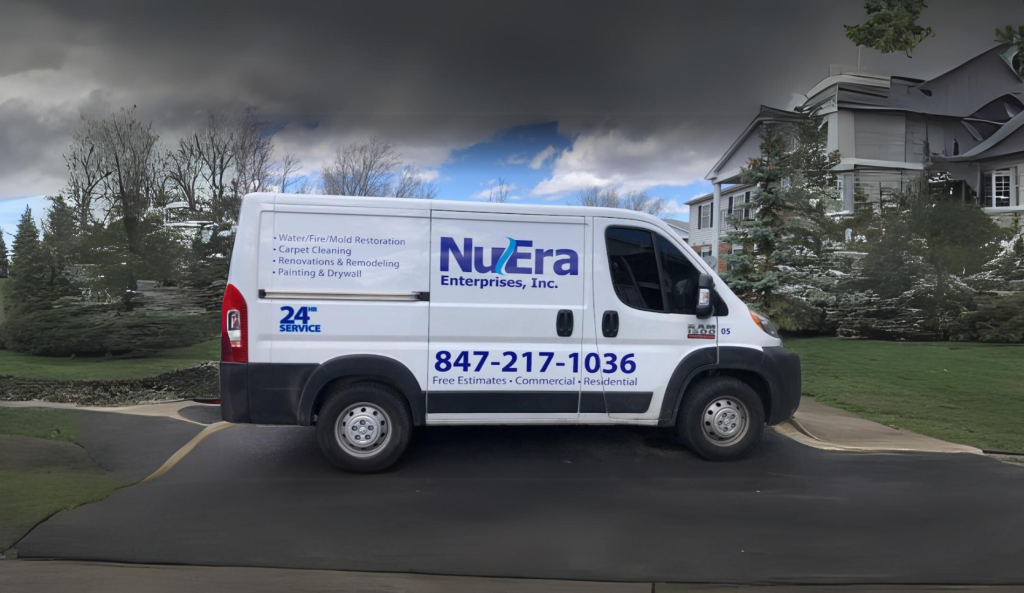
If a leak from behind your wall has resulted in significant water damage, you need to call our professionals at NuEra Restoration and Remodeling for professional water damage restoration.
Our team of expert technicians is fully equipped with the latest tools and techniques to tackle any water damage swiftly and effectively in your home or business. Upon arrival, we will conduct a thorough assessment of the damage before meticulously drying the affected area to prevent mold and further issues. We are committed to restoring your property to its original condition, paying close attention to detail to ensure a seamless restoration process. For the highest quality water damage restoration services, don’t hesitate to reach out to us at (847) 217-1036.
How to Remove Mold from Tiled Grout and painted Walls
Mold spores are always present in the air. When these spores find the right environment,…
What to Do When Rain Causes Indoor Flooding
How to Find a Water Leak Inside a Wall
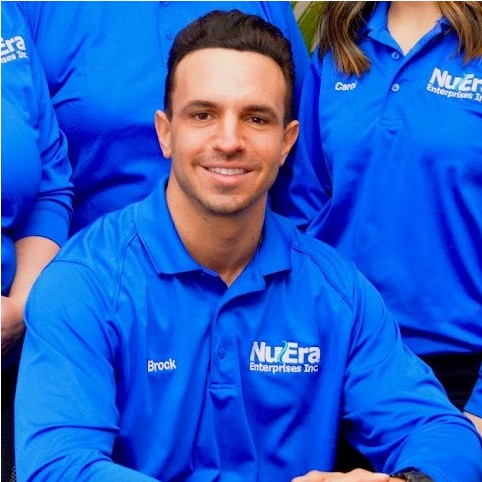
CEO of NuEra Restoration and Remodeling – certified by IICRC and specializes in residential and commercial building restoration, carpet cleaning, painting, and remodeling – 10+ years of experience in business and restoration with strong leadership skills.

